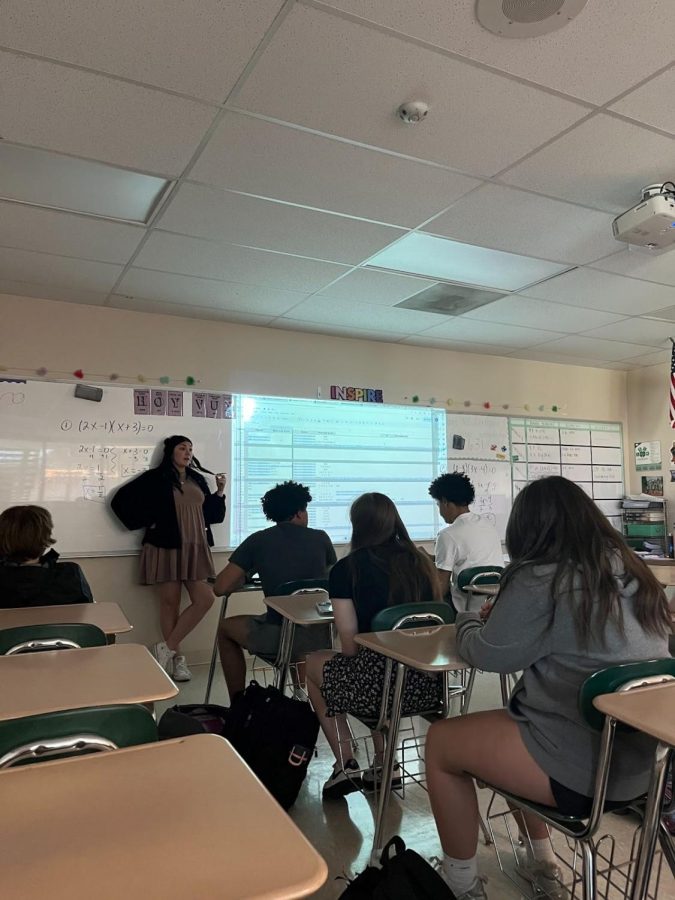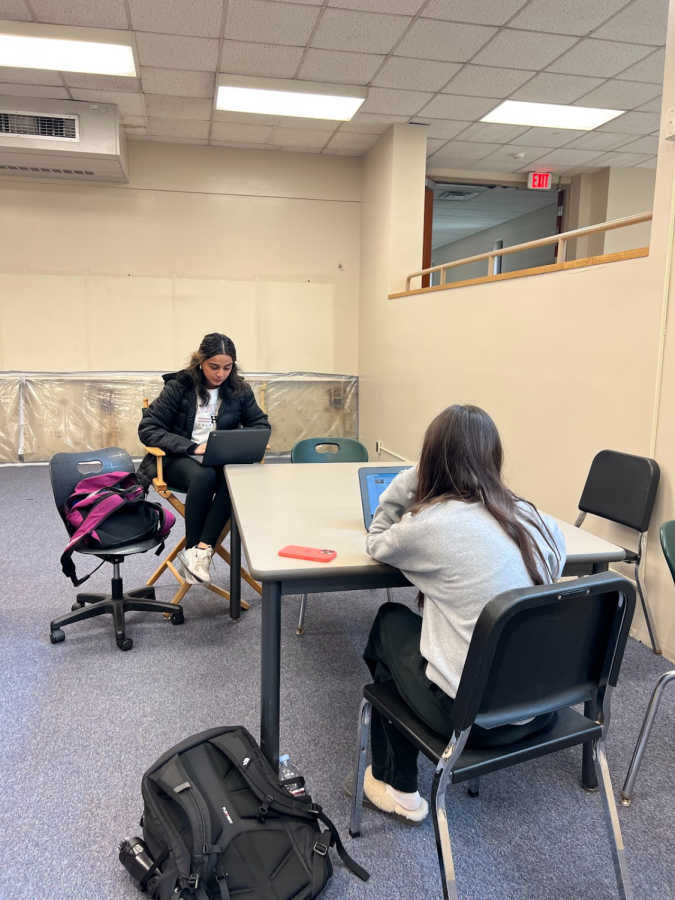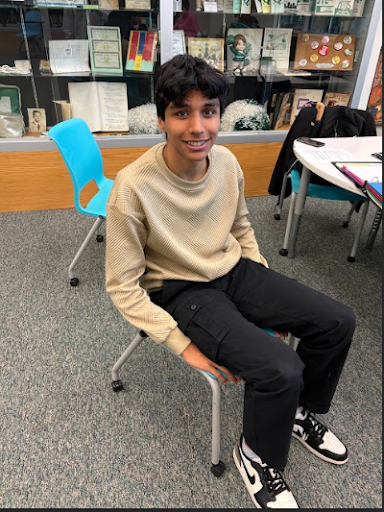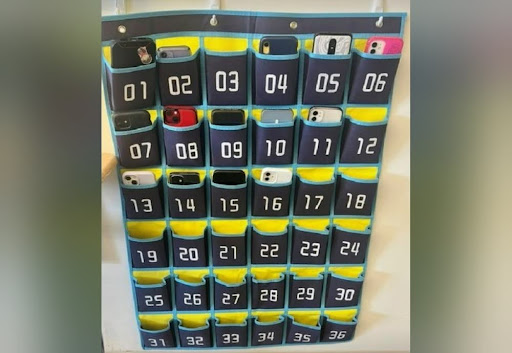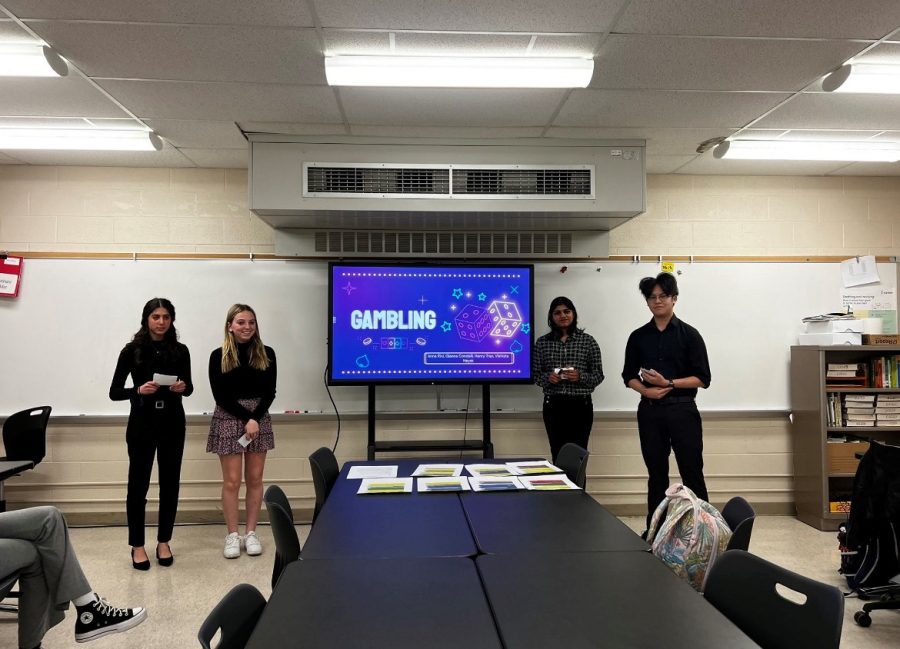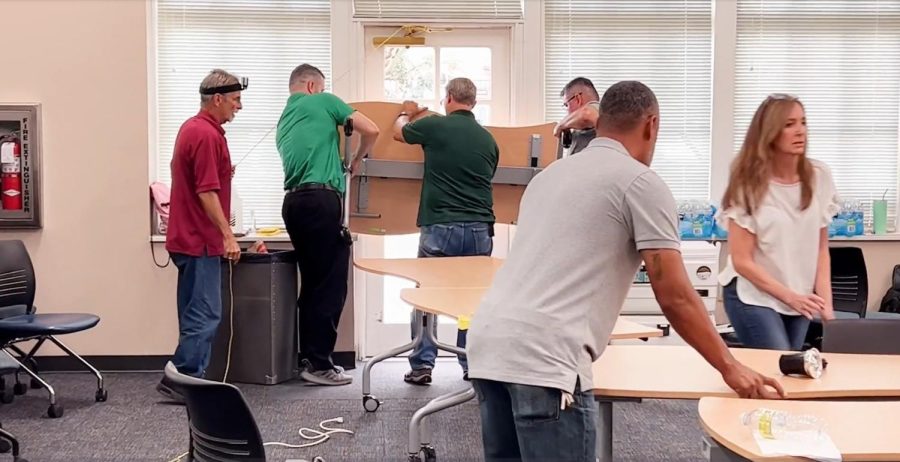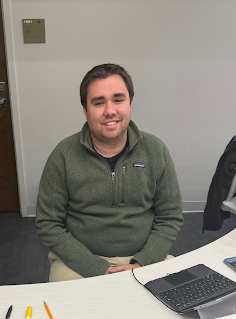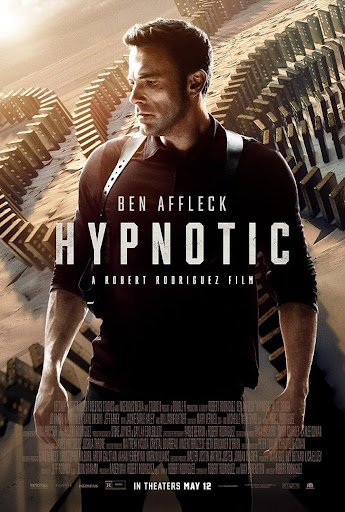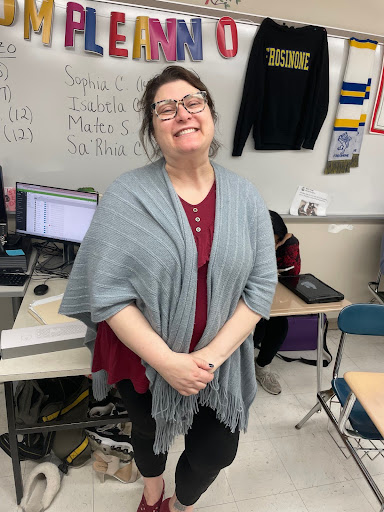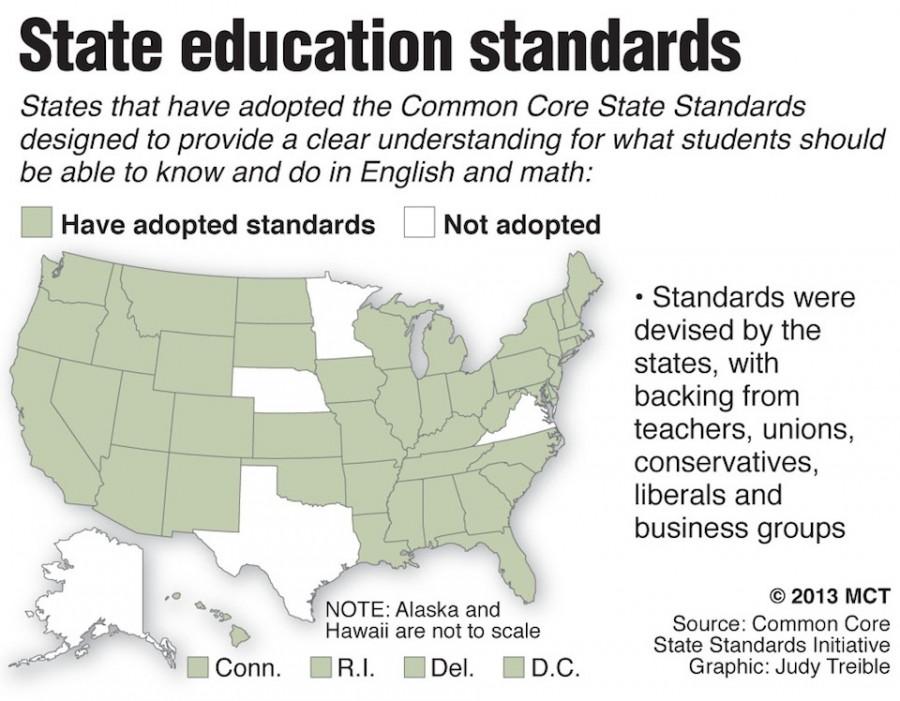Common Core enters MHS
November 13, 2014
When students hear “Common Core,” often what comes to mind isn’t excitement or fear. It’s confusion. What is it, where did it come from, and why doesn’t anybody seem to have a clear answer?
So let’s clarify: Common Core is not a curriculum. It is a set of standards developed in collaboration by state education experts and governors. In 2010, Ohio became one of the forty-six states total to adopt the Core into its state curriculum. This year, Ohio switched to a new system of digital standardized tests aligned to the Common Core. You’ve probably heard of them, or maybe you’ve even taken one: the PARCC test.
Say goodbye to the OGT. PARCC tests are bigger and badder. Designed to assess understanding in Mathematics and English, these new tests are K-12 and more rigorous than ever. On top of midterms, finals, ACT/SATs, and weekly summative assessments, another standardized test may sound like the last thing students want on their plate. But before you throw your books into the air and complain about another test, let’s look at the facts.
The reality is that students today live in a more globalized and competitive world than ever before. The Common Core State Standards are designed to be internationally benchmarked. When education experts came together, they knew that an American education should not be a disadvantage in the global market. To create a so-called even playing field, Common Core borrows closely from standards implemented in the top-performing countries in the world. The Common Core didn’t create new tests for the sake of more testing. Rather, these new standards are designed to expand the minds of American students––to think deeper and more critically, and to learn how to problem solve with creative methods. These are the skills that are paramount for success.
New standards, more tests––a small price to pay for national success, right? All that said, on paper it seems ideal. However, the truth is that this is a quick turn around and opinions vary. Seeing both improvements and flaws in the system, Assistant Principal for Curriculum, Instruction, and Staff Development Laila Discenza says that Common Core isn’t perfect.
“The students are going through a lot, and if they’re going to be tested, it needs to be meaningful for them. It’s strange that the standards are pushing project based, career ready preparation, but then it’s robotic––everybody takes the same test at the end,” she said.
It’s not just students that are struggling with the change. With the new standards, teachers are told which lessons to teach, although not necessarily how to teach them. “There’s not a lot of room for differentiation. That’s the problem. They want teachers to be different, to reach everybody, to create different assessments. But it all boils down to the same test,” Discenza added.
Peggy Lehner, chair of the Ohio Senate’s education committee, calls the Common Core a “national imperative.” In spite of its flaws, the creation of the new standards is a commendable effort to keep up with the changing world. To ensure the success of the nation’s students in the future.
Education is a process, and answers are born out of experimentation. “A lot of us think we know a lot about education,” Discenza said, “But I don’t think we’ve thought of anything better yet.” As famous beat poet Jack Kerouac once said, it seems that “it’s all too much and not enough at the same time.”



